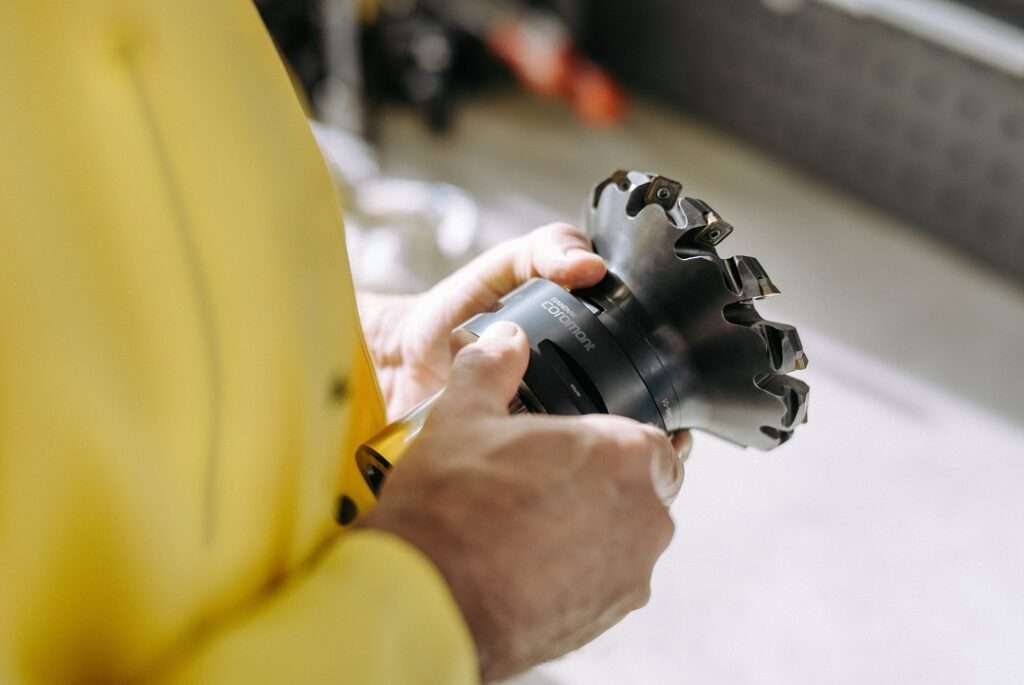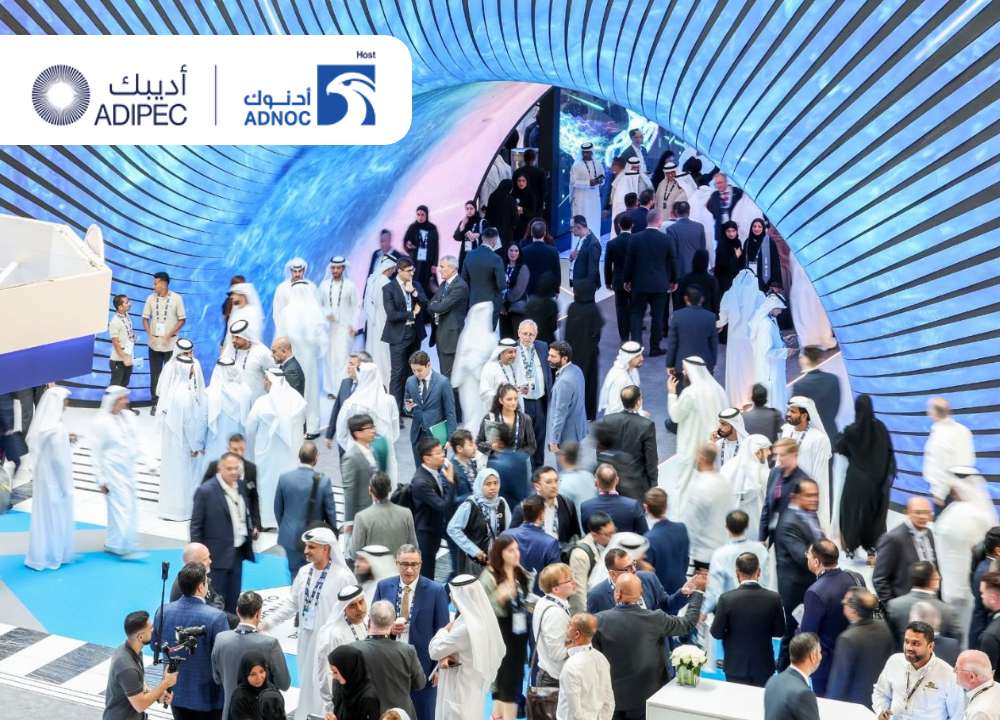Sanjeev Krishan, Chairperson of PwC India, has projected that India could achieve $1 trillion in merchandise exports by FY29, provided the country can navigate geopolitical challenges and follow a strategic approach in the coming years. This optimistic forecast assumes an annual growth rate of 18% in exports until FY29.
PwC India’s report, titled “VIKSIT: A Strategy for India to Reach $1 Trillion in Exports,” also outlines two alternative scenarios: a “business as usual” scenario with a 14.5% growth rate, projecting $1 trillion by FY31, and a “conservative” scenario with a 10% growth rate, projecting $1 trillion by FY33.
The report comes as India’s goods exports face several challenges, including sluggish growth in global trade, geopolitical tensions, disruptions in major sea routes, and a lack of progress in export competitiveness in high-value sectors. In FY24, India’s merchandise exports declined to $437 billion from $451 billion in FY23, with significant contractions in labor-intensive sectors such as textiles and garments. However, areas like electronics have seen increased export activity, though the value addition remains limited.
Krishan noted that India’s rise to the fifth largest global economy is reflected in its growing share of global trade, supported by an export-led growth strategy. He emphasized that while the foundational elements are in place—such as advancements in energy, semiconductors, electric vehicles (EVs), and battery storage—there is a need to enhance India’s image at trade fairs to match that of its peers. “We need to take our macro-image-building efforts down to the micro-level,” he said.
The VIKSIT report outlines five critical areas for India’s export growth. First, it highlights the need for increased value addition in manufacturing to avoid the commoditization of the export basket and focus on high-value and emerging segments. Second, expanding market access and pursuing revamped free trade agreements is essential to position Indian products competitively and address non-tariff barriers.
Third, improving support for micro, small, and medium enterprises (MSMEs) is crucial, as only about 1.36% of India’s MSMEs are involved in exporting. Addressing issues related to the business environment, export procedures, access to finance, and market information can help increase MSME participation in international trade.
Additionally, enhancing technology adoption is vital to improve export efficiency and product quality. The report notes that slow technology adoption has hindered the ability of Indian manufacturers to meet international market demands. While port efficiency has improved, further advancements are needed. In 2023, containerized cargo turnaround times averaged around 156 hours, with about 19 hours spent on customs procedures.
Inland container depots had turnaround times of nearly 128 hours, with 32 hours dedicated to customs. To accommodate growing export volumes, ports need both capacity expansion and technology-driven improvements in customs processes. Building storage and warehousing facilities at ports and airports can also help reduce logistics costs.
Krishan also suggested that the Production Linked Incentive (PLI) scheme, designed to boost exports from export-oriented industries, should be refined to benefit sectors like EVs and batteries more effectively. Adjustments to the PLI objectives may be necessary to better support various sectors and increase their export share.
PwC India, a leading global professional services firm, offers a range of solutions including audit, tax, consulting, and advisory services. With a strong focus on delivering value through industry insights and innovative solutions, PwC India helps businesses navigate complex challenges and drive sustainable growth. The firm is committed to enhancing client performance and achieving excellence across various sectors.







